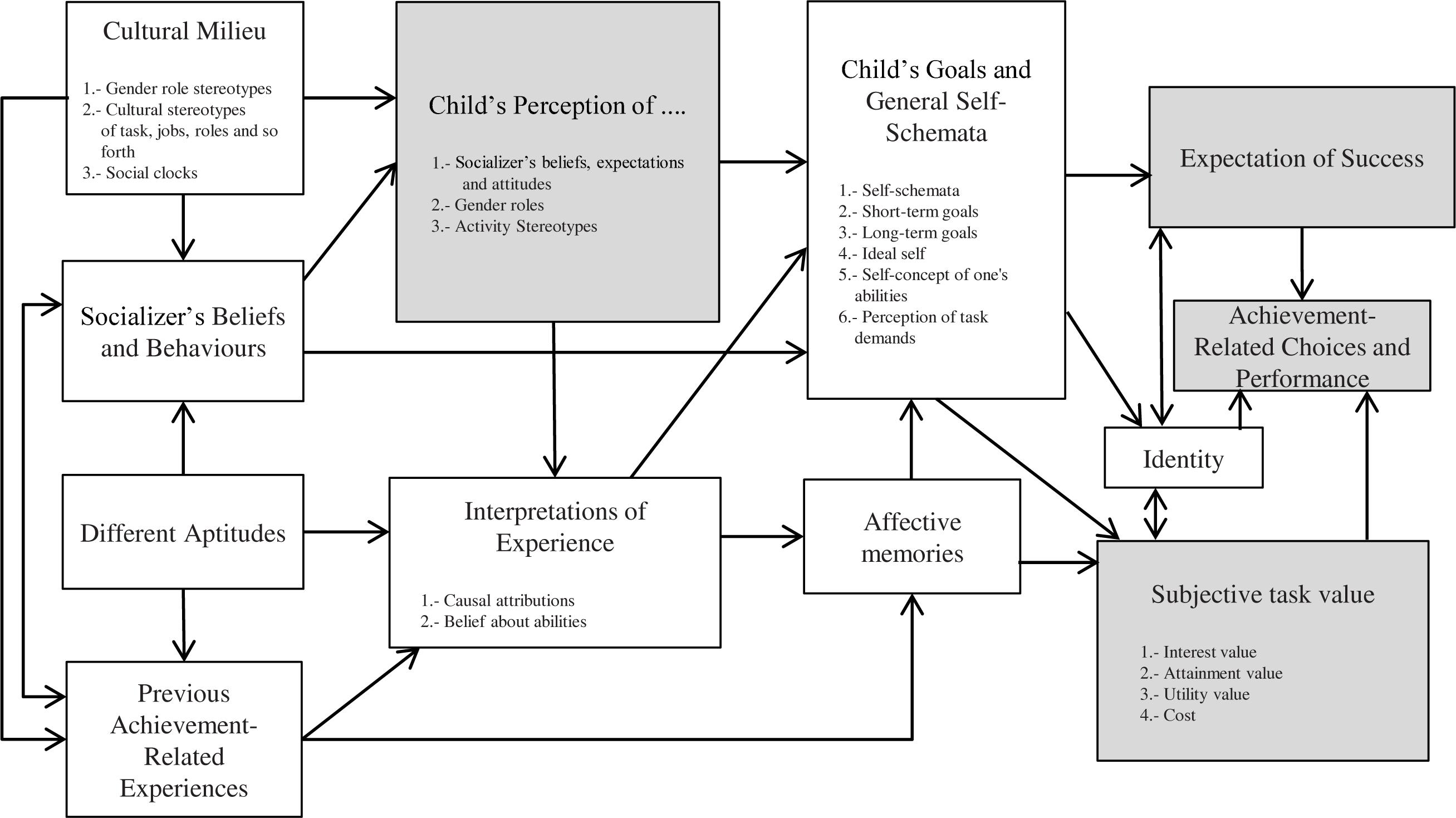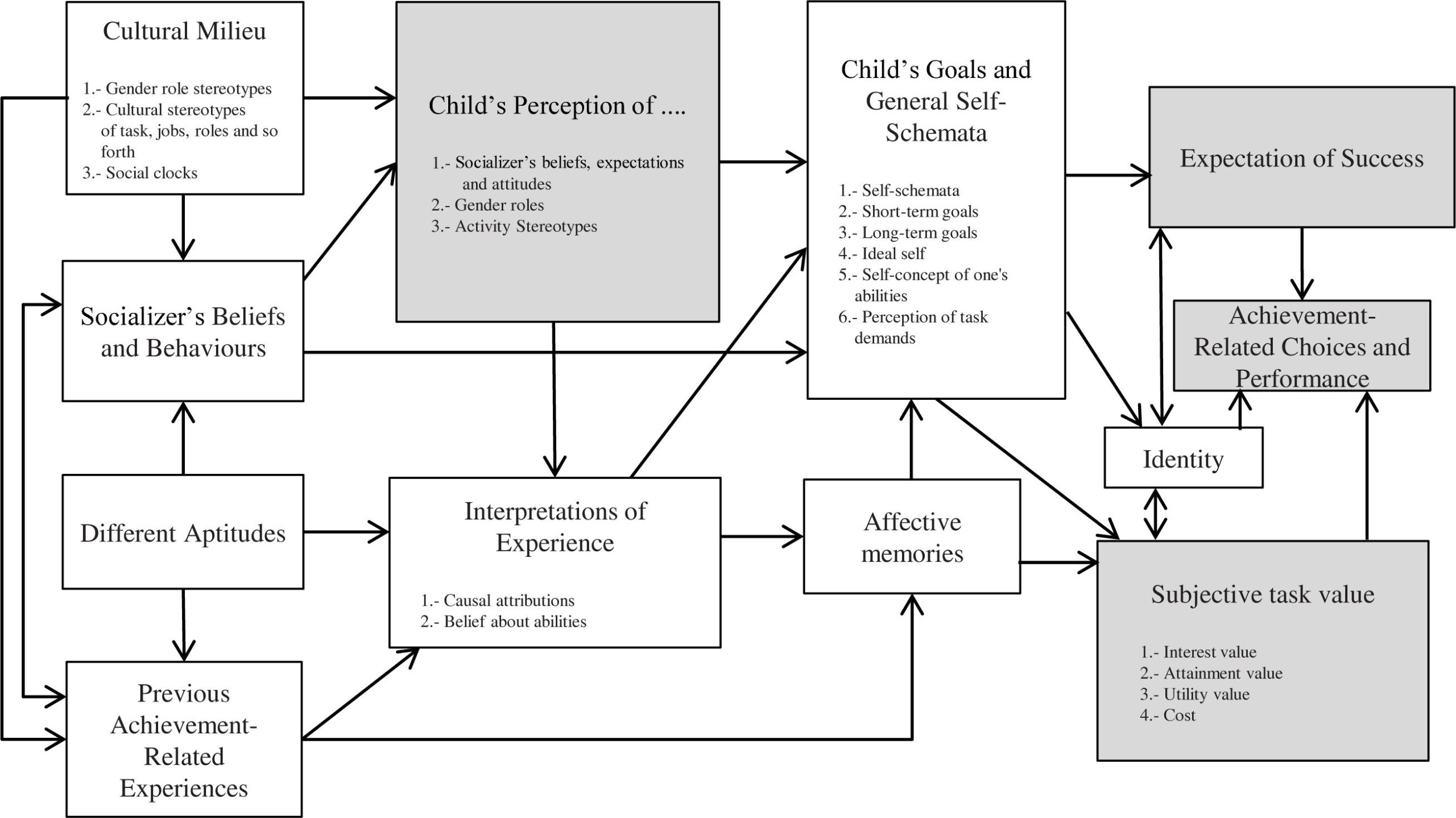
# Reevaluating the Leaky Pipeline: Recent Studies Reveal Changes in Gender Attrition in STEMM Areas
In recent decades, there has been significant focus on uncovering the reasons behind the underrepresentation of women in the upper levels of science, technology, engineering, mathematics, and medicine (STEMM) fields. One prevalent narrative has been the **leaky pipeline**—a metaphor illustrating how women, despite entering these scientific domains in large numbers, tend to exit academia sooner and more frequently than their male counterparts. Nonetheless, new research indicates that this narrative could be evolving, and the disparity in attrition rates between genders may not be as striking as previously thought.
A study led by researchers from Poland, which monitored the publishing activities of 375,000 scientists over two decades, has offered important insights into how the **gender gap in attrition**—historically assessed through academic publishing trends—has shifted over time.
## The Leaky Pipeline: A Synopsis
The **leaky pipeline** metaphor has served for years to depict the hurdles women encounter at every stage of their academic journeys, leading to a loss of female talent. These challenges, which include systemic bias, unconscious prejudices, and disproportionate work-life balance demands, have historically resulted in fewer women staying in STEMM areas, particularly as they advance in academia.
By concentrating on the years 2000 and 2010, the study analyzed the publishing output of approximately 375,000 male and female scientists from **38 OECD countries** (Organisation for Economic Co-operation and Development) until 2022. The researchers specifically scrutinized attrition rates among scientists across 16 STEMM disciplines, identifying who had ceased publishing, defined as “leaving science.”
Through an analysis of publishing behaviors, the researchers aimed to evaluate how gender-specific attrition had transformed and whether noticeable differences existed among disciplines or nations.
## Major Findings of the Research
### 1. **General Trends in Attrition Across Science**
The findings revealed that attrition was a phenomenon affecting both genders, with a considerable number exiting the scientific publishing sphere within approximately 5-10 years of entering academia. Roughly one-third of the 2000 cohort had ceased publishing within five years, half had left after a decade, and around two-thirds had exited by 2022.
### 2. **Reduced Gender Differences for the 2010 Cohort**
Though the proportion of female leavers from the 2000 cohort significantly exceeded that of their male colleagues across various disciplines, the gender gap in attrition greatly diminished for those who began publishing in 2010. By 2022, for this cohort, there were no overall gender disparities in attrition across all disciplines among the 38 OECD countries collectively.
However, within specific scientific areas, the results were more intricate. For instance, **fields like biology** continued to exhibit gender differences in attrition, while **areas traditionally led by men—such as mathematics, computing, and physics**—showed no apparent gap in attrition. Despite a smaller number of women entering these fields (with women constituting just 18% of new entrants in physics, 25% in mathematics, and 18% in computing), their retention rates as publishing scientists were comparable to those of men.
### 3. **Chemistry: A Distinct Scenario**
In the field of **chemistry**, where women constituted 37% of the 2010 cohort, there remained a slight yet noticeable gender difference in attrition rates. However, the gap was significantly narrower than in traditionally male-dominated areas.
Retention within chemistry also varied considerably across different European nations. For example, while only about 15-18% of chemists starting in the UK, Ireland, and Germany were still publishing after 15 years, countries such as **Portugal, Italy, and Poland** achieved retention rates exceeding 40%.
### 4. **A Rapidly Evolving Scientific Environment**
As per **Marek Kwiek**, the leading author of the study and a sociology professor focused on science and higher education at the University of Poznan in Poland, the scientific landscape is changing swiftly, particularly influenced by globalization. Many concepts developed from interviews and research conducted 20-30 years ago might not be applicable today.
“The pattern of gender attrition is evolving from cohort to cohort, gradually yet surely,” Kwiek states. “And the conclusion is that attrition poses a challenge for the academic profession as a whole; it’s not solely a women’s problem.”
### 5. **Constraints and Wider Implications**
Kwiek concedes that while the study presents a substantial amount of data regarding publishing attrition rates, it does not explore all the factors that could elucidate career exits. Notably, leaving the publishing realm does not inherently equate to exiting the scientific community entirely. Many individuals may move into administrative roles or pursue careers outside of academia while
